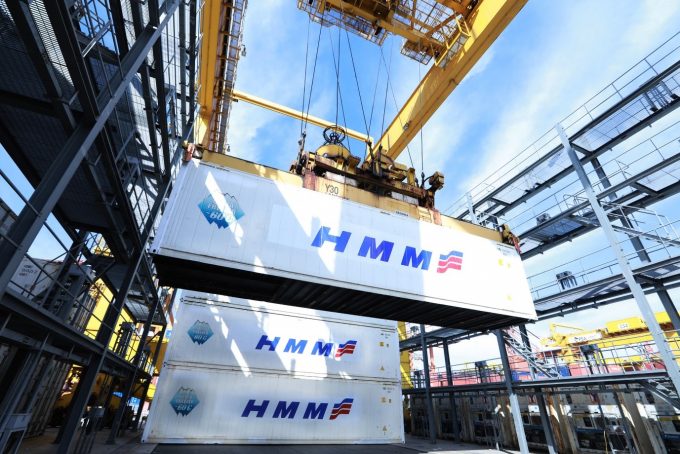
HMM recorded a net loss of $215m in the second quarter, taking the South Korean ocean carrier’s deficit to a massive $371m at the half-year stage.
The restructured container line increased liftings by 17%, year on year, in Q2, to 1.15m teu, which it attributed to its “sales expansion efforts” including the launch of its standalone Asia-North Europe loop and larger tonnage on the Asia-South America tradelane.
HMM also improved its load factor across its network to 79%, up from 75% the year before, but lower freight rates caused revenue to fall by 8% in the first six months, compared with the previous year, to $2.1bn.
Like many of its peers, the carrier was hit hard by the rising cost of fuel and was unable to recover sufficient bunker surcharges to mitigate the impact of a 27% hike in bunker prices.
HMM said it “expected higher freight rates” through the peak season and aimed to improve profitability by “rationalising service routes” and reducing bunker costs through slow-steaming.
And,it said, it would “continue its efforts to secure additional cargo volume before taking over the newly-ordered eco-friendly mega-containerships”.
HMM has placed an order with South Korean yards for 12 23,000 teu and eight 14,000 teu vessels for delivery in 2020, which will be fitted with scrubbers to burn lower-priced heavy fuel oil.
The carrier said it would “do its utmost to attain competiveness as one of the top global carriers by improving its cost structure and reducing operating costs through fleet expansion and securing terminal assets”.
It added a cautionary note however: “Cargo volume is likely to fluctuate due to changes in the international situation.” Presumably a reference to the escalating tit-for-tat trade war between the US and China.


